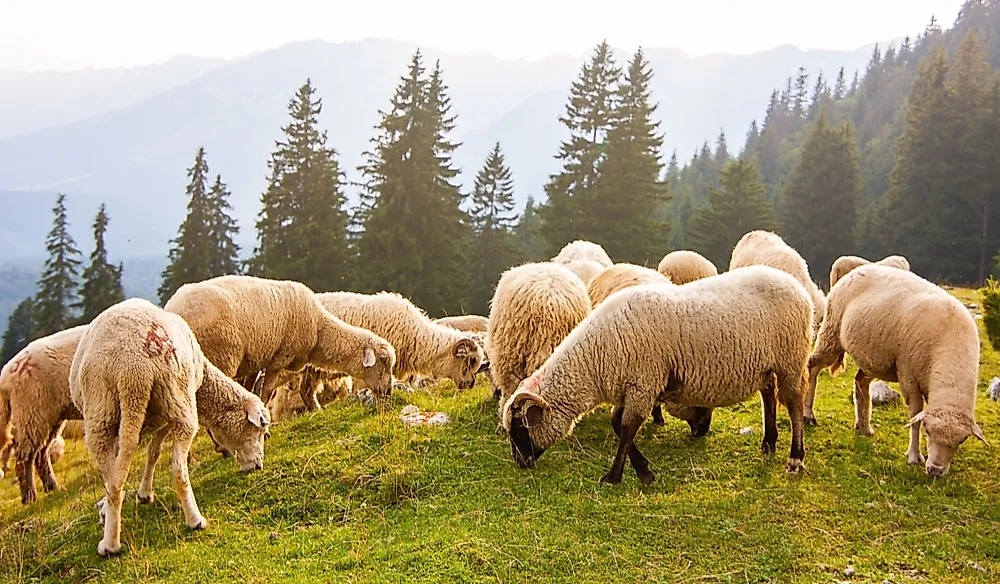What Is Transhumance?

Transhumance is a pastoral practice that is organized around the movement of livestock between winter and summer pastures. In montane areas, it means movement between lower valleys during winters and higher fields in summers. The herders who practice seasonal pastoralism have a permanent settlement where their families live, and only a small group of people migrate with the herd. Transhumance is common in the highlands, mountains, and regions that are too cold to be utilized and inhabited except during summer. Transhumance is practiced in various parts of the world, and some communities have names for the higher summer pastures like Shieling (Scotland) and Hafod (Wales).
Where Is Transhumance Still Being Practiced?
Africa
The Nama clan resides in the northwestern parts of South Africa where they migrate seasonally with their livestock. The Nama clan uses a portable dome tent known as Haru Oms or Matjieshut as their seasonal camps in Richtersveld. Transhumance in this region is based on small family units which live in the same camp annually. The Maasai and the Pokots from East Africa practice seasonal pastoralism. The Chaouis, Tuareg, and the Zenaga communities practice transhumance in the northern and northeastern parts of Africa.
Lebanon
Fixed transhumance is still practiced in North Governorate, Lebanon where numerous settlements like Kfarsghab and Ehden are still used during the summer. The locals occupy these settlements from June to October. Seasonal pastoralism can also be motivated by various agricultural activities. The main summer fruits in the mountain towns include pears and apples while the main crops in the coastal regions include citrus, grapes, and olive.
Kyrgyzstan
The old agricultural practices like transhumance that didn’t die out in Kyrgyzstan during the Soviet era were reintroduced during the difficult economic times right after the country gained their independence in 1991. Seasonal pastoralism is an integral part of the Kyrgyz national culture where the herders use yurts when living on summer pastures. The yurt is symbolized in the Kyrgyzstani flag.
Scandinavia
The Scandinavians still practice transhumance to date, but the livestock are transported by vehicles between pastures. The forest or mountain pasture that the Scandinavians use during summer is known as seter. The cattle are transported to the mountain farms in summer to preserve the meadows in the valleys.
Caucasus
The people living in the Pontic mountain ranges and the densely forested Caucasus still practice transhumance. The villages were traditionally split into about four distinct settlements which they used for all the seasons. Sheep farmers still practice seasonal pastoralism in Georgia where they migrate from Kakheti plains to the mountains of Tusheti. It’s estimated that tens of thousands of the locals still practice transhumance in the Turkish Black Sea area, Lesser Caucasus, and the southwestern and northern slopes of the Caucasus.
Other Places Where Transhumance Is Practiced
In Texas, a huge percentage of the state is private land, and the shepherds and ranch families migrate to the mountains during summer. Transhumance is currently practiced in Bolivia, Peru, Chile, and Argentina.











